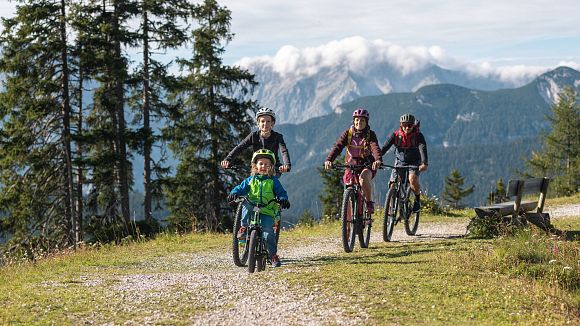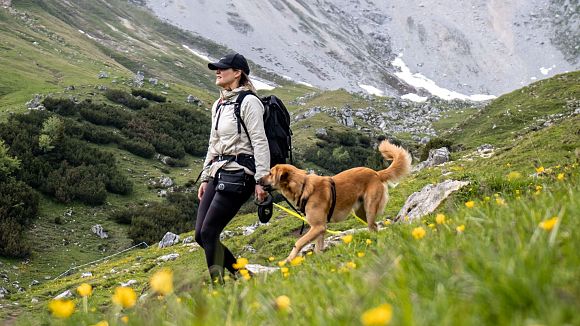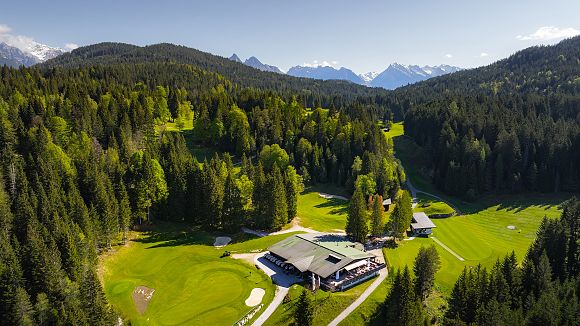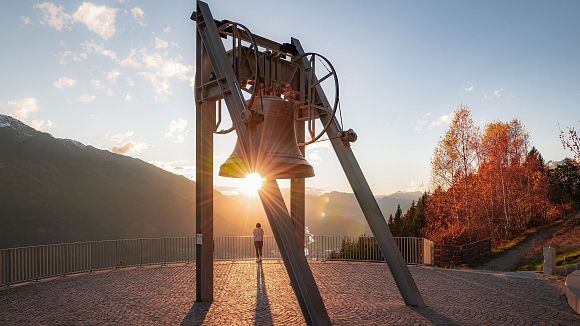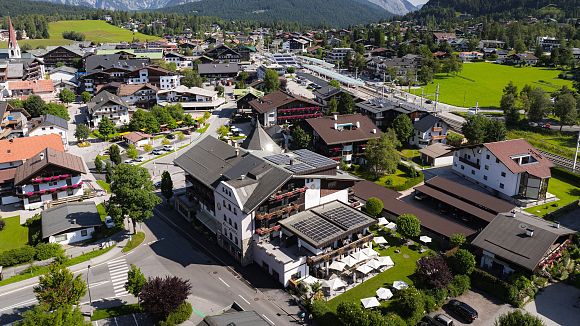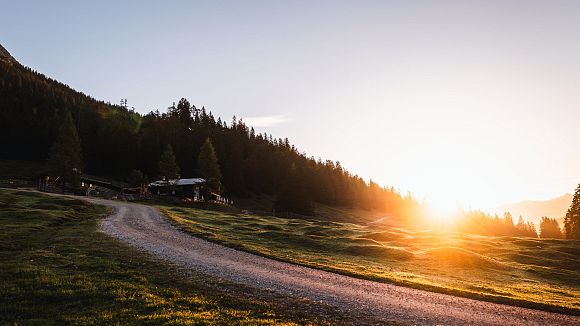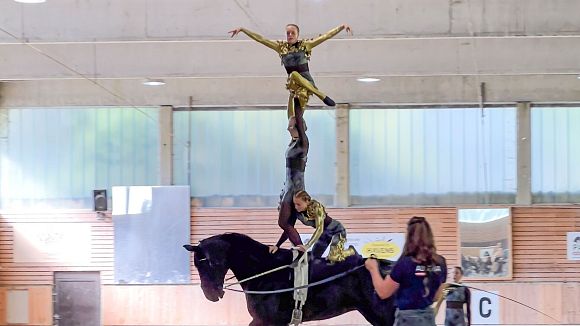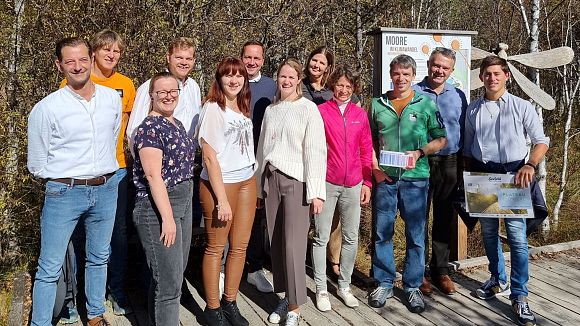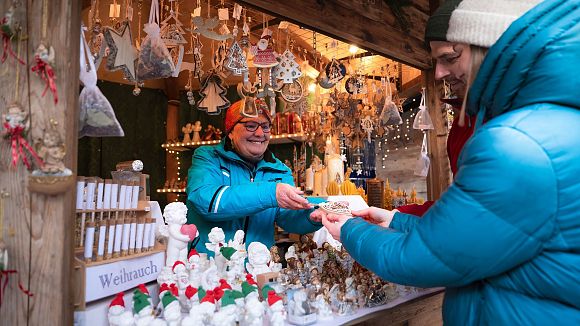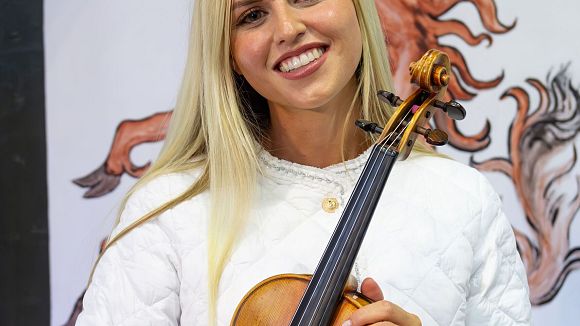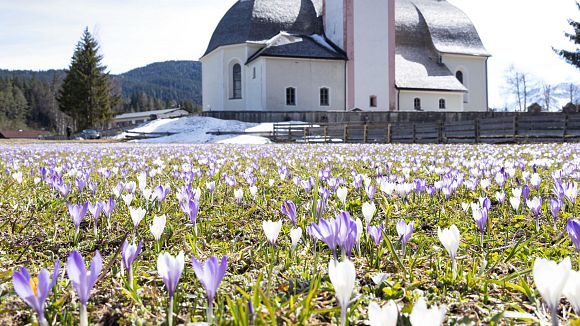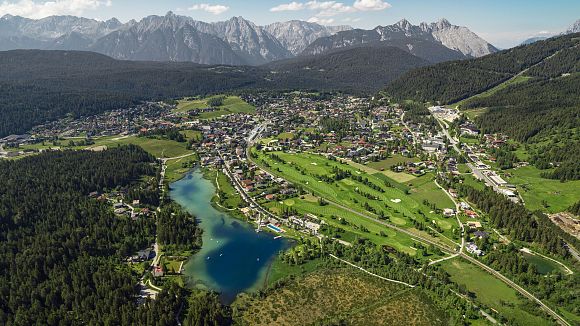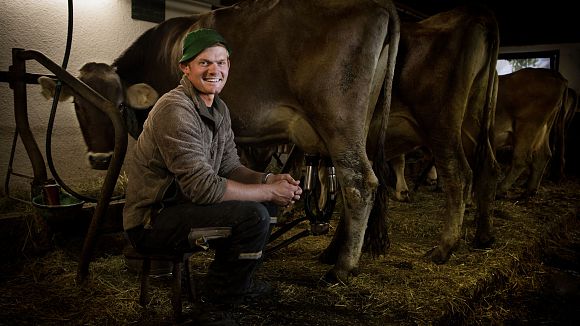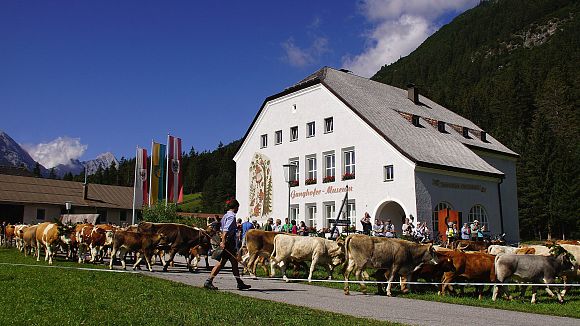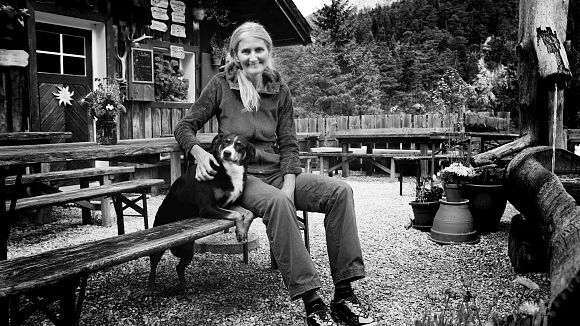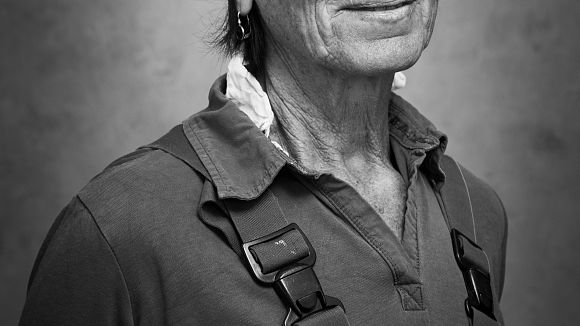
May 19, 2020
Tips & Recommendations
Building instructions: A house for wild bees
Soon it will be summer and everywhere in the Region Seefeld nature will blossom with fresh life. In the air are thousands of scents and a busy buzzing – it is high season for bees and insects. Food gathering and nest building determine the daily work of the small beneficial insects. In good weather, you can watch them at work on the lush alpine meadows around Seefeld. You can also learn a lot of interesting facts about native forest bees on the bee nature trail near Reith and get inspired for your own garden at Austria's first bee hotel. In my garden there is now also a house for wild bees – built under the expert guidance of Ferdi's apiary in Mösern. The building instructions can be found in this article.
Where the wild animals live
Whoever speaks of bees usually means the common honey bee. The Swedish naturalist Carl von Linné differentiated the "honey-bearing bee" Apis mellifera from the other wild bees in 1758. The honey bee is the only bee species that collects more honey than it needs. This extraordinary storage economy naturally made honey bees much more interesting for commercial beekeeping than their wild relatives. Today, we know mainly the delicious honey of the industrious collectors, while the countless wild bee species have almost been somewhat forgotten. In addition, the wild bee also lives up to its name: it lives wild and free, as a self-sufficient bee without its own hive, in holes in the ground and reeds, behind cracks in walls and between cracks in wood. Unless, of course, you build her a house.
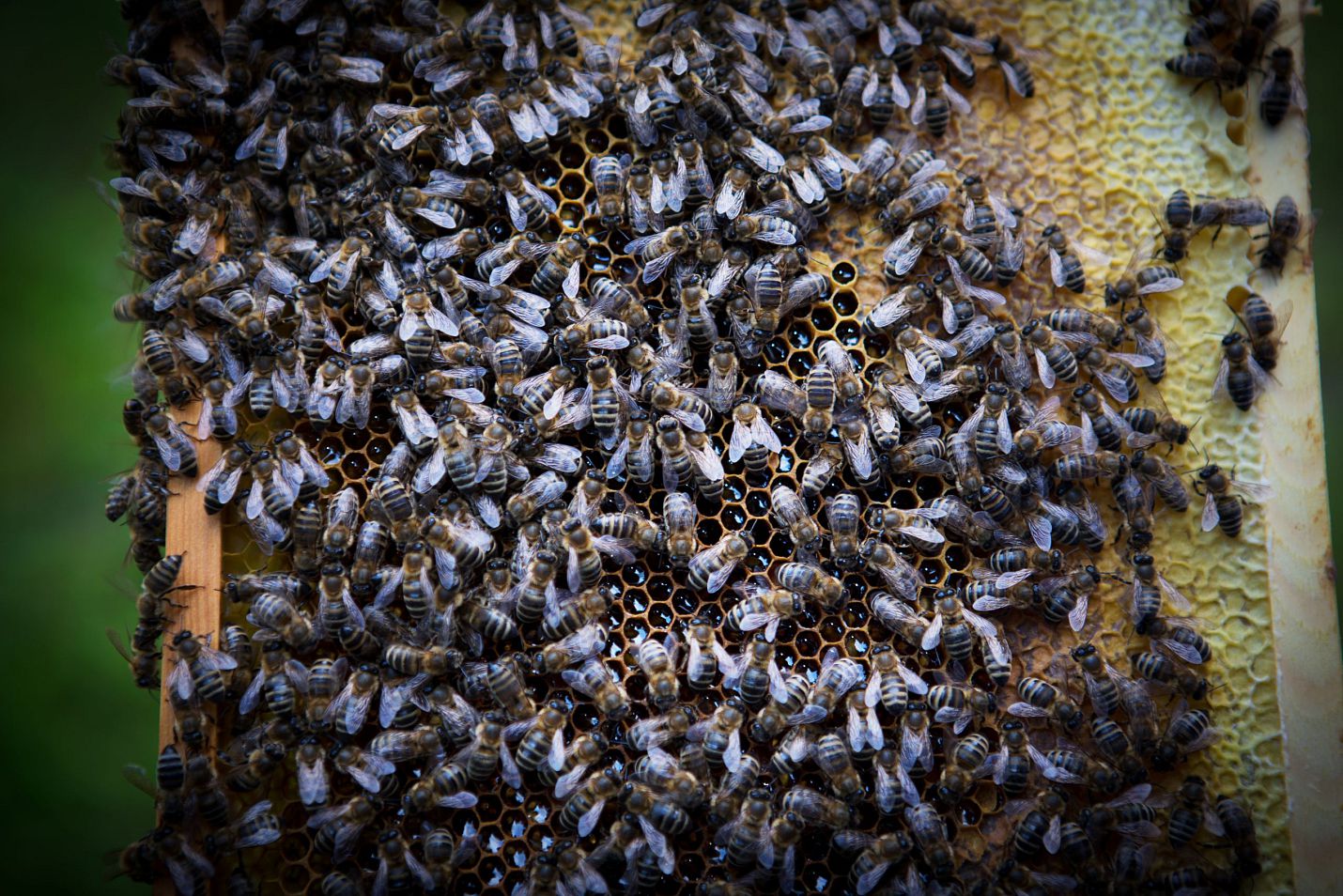
Bees from beekeeper Kurt Kriegl in Reith
A guest house for nice neighbors
The construction of homemade nesting boxes, bee houses and bee hotels has nothing to do with beekeeping. Rather, artificial dwellings give the busy animals back some of the habitat that humans have claimed for themselves in many places. Especially in densely populated areas, natural nesting sites for wild bees are scarce. A bee house thus not only counteracts the urban housing shortage and supports plant biodiversity (flower pollination), it is also an excellent opportunity to observe the little benefactors very closely for once! In contrast to stinging wasps and hornets, (wild) bees in the garden are very sociable neighbors. If you have children, this also teaches them awareness, respect and the right way to deal with the yellow and black striped helicopters. There are a few tips and tricks to keep in mind when building a house, but even with building instructions, more on this below.
Me and my wood: building instructions for a bee house
What's nice is that you can use building materials for a formidable bee house that you can find anywhere on a walk through the expansive mountain landscapes of the Region Seefeld: Well-seasoned hardwood from deciduous trees (such as beech, ash, oak, fruit or nut trees) is best; conifers, on the other hand, are not at all liked by wild bees. If you want to save yourself a walk in the woods, ask your nearest neighbor, carpenter, farmer or bee expert for a suitable "leftover".

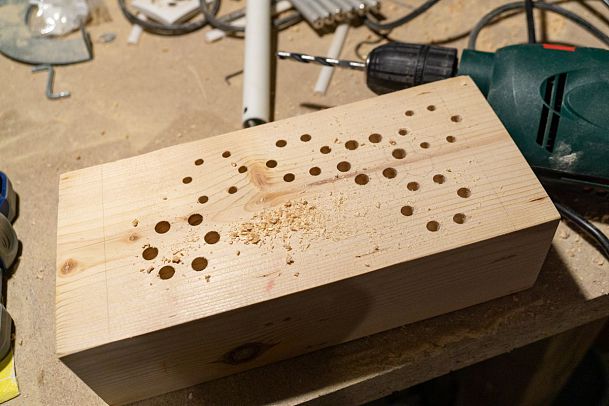

The good piece should definitely be thick enough, because a wild bee needs at least ten centimeters of depth for a spacious single apartment. In addition, the holes (6-12mm diameter) should always be drilled at right angles to the direction of growth, i.e. simply from the outside through the annual rings to the inside. For particularly beautiful results, a standing drill is ideal, freehand you need a little more sensitivity. Afterwards, the boreholes are neatly sanded with sandpaper, because wild bees need smooth walls. The smoother the hole wall, the better it protects the new nesting site against mites, mold and moisture.
Long term residence in best location
Once the nesting holes have been drilled and deburred, it's time to decorate! There are hardly any limits here, only chemical paints and varnishes do not please the bees. Understandably, therefore only natural colorants are used, also colored pencils and felt-tip pens are allowed. I simply dyed my beehive a pale pink with a strong brew of beetroot – there are also other color recipes here. You can also use a Dremel (handheld router) or screwdriver to carve delicate patterns into the surface – in my case, geometric "honeycomb flowers" with bold crayon accents.



Once the shell is finished, the ridge celebration follows, because even a Do it Yourself bee house needs a good roof. This should protect against rain but also not cast too much shade over the nesting holes! If one is content with the building of the house, it applies also to find a suitable dwelling place: Protected from the wind, sunny and dry is optimal, ideally of course also near the flowers. Once the new long-term residence is securely and stably mounted, all you really have to do is wait for your new neighbors to move in.

The finished project is now waiting for its first residents
Ferdinand Schot is 26 years young and a beekeeper with heart and soul. Together with his partner Ramona and his dog Audax, he keeps several thousand bees in Ferdi's apiary in Mösern near Seefeld. The conventional beekeeping is divided into the harvest of bee products such as honey, wax and propolis and the breeding of bee (queens) at the breeding station "Hohe Munde" as well as the formation of new bee colonies. The young beekeeper has turned his favorite hobby into a profession and thus also makes an important contribution to the natural biodiversity in the Region Seefeld. Ferdi regularly offers the homemade organic bee products at market days and at the Advent market in Seefeld. Alternatively, you can visit the beekeeping online store or the store of the friendly bee king in the Inntalcenter Telfs. By the way: If you take a walk along the bee nature trail in Reith, you are sure to encounter many busy honey bees along the way and can admire Austria's first bee hotel there.
Share







